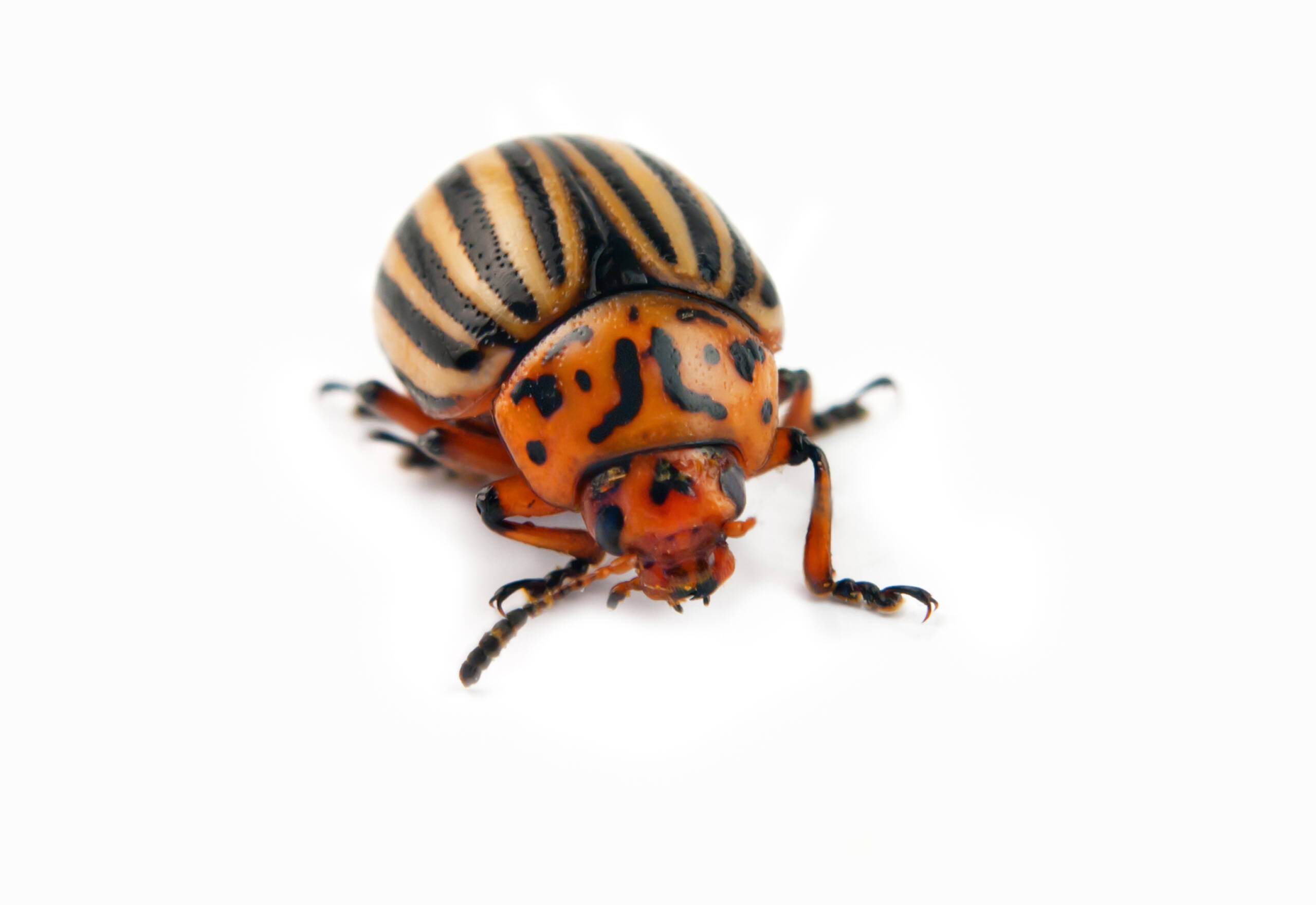1. About Beetles
Beetles are one of the largest and most diverse groups of insects, with over 350,000 species identified worldwide. They are easily recognized by their hard, protective exoskeleton and wings, which are often covered by a pair of tough forewings. Beetles can vary greatly in size, color, and behavior, ranging from harmless species to pests that can damage plants, food stores, and wooden structures. Some beetles are beneficial as they feed on plant pests, while others can cause significant damage to crops and buildings.
2. How to Get Rid of Beetles
The method of beetle control depends on the type of beetle you’re dealing with. For common household beetles such as pantry beetles or carpet beetles, cleaning and sealing cracks in walls, floors, and windows is essential. Regularly inspect your pantry for infested food, and dispose of any contaminated items. For garden beetles, you can manually remove them or use insecticidal soap to reduce their numbers. For wood-damaging beetles, professional pest control services are recommended, as they can treat the infestation using appropriate fumigation or chemical treatments.
3. Introduction
Beetles are ubiquitous insects that are found in many environments across the world. While most beetles are harmless, some species can be destructive to both agriculture and home structures. They can damage crops, furniture, and fabrics, and in some cases, they even pose a risk to human health by contaminating food. Recognizing the signs of an infestation early and taking the right control measures can help protect your home, garden, and possessions from beetle damage.
4. Identification of Beetles
Beetles are characterized by their hard, shell-like exoskeletons and a pair of forewings that protect their hindwings. They have chewing mouthparts and antennae, which are often long and segmented. Some beetles are very small, while others can grow up to several inches in length. Common household beetles, like carpet beetles, are typically black, brown, or patterned, while others, like ladybugs, have bright red or orange coloring with black spots. Each species has distinct features that can help with identification.
5. Behavior and Habitat
Beetles can be found in nearly every habitat on Earth, from forests and gardens to homes and restaurants. They are typically nocturnal, feeding at night or during the early morning hours. Beetles can thrive in various environments, including damp areas, dark spaces, and on plant material. While some beetles are beneficial, feeding on other insects or decaying plant matter, others become pests when they feed on crops, stored food, or wooden structures. Beetles often find shelter in hidden, dark spaces like cracks in wood, cracks in the foundation of buildings, or within piles of debris.
6. Feeding Habits
Beetles are primarily herbivores, carnivores, or scavengers, depending on the species. Many beetles feed on plants, including leaves, roots, and flowers, while others feed on decaying organic matter. Certain species, like the larvae of wood-boring beetles, feed on the wood of trees and wooden structures, causing significant damage over time. Other beetles, such as the ones found in pantries, feed on stored food products like grains, nuts, and dried fruits. Some beetles are even predators, hunting other insects and small animals to sustain themselves.
7. Prevention and Protection
Preventing beetle infestations starts with proper sanitation. Regularly clean your home, paying close attention to areas where food is stored. Seal any cracks in your walls, floors, and windows to prevent beetles from entering. In the garden, removing dead leaves and plant material and using row covers can help reduce the risk of beetle infestations. Be proactive by inspecting wooden structures, furniture, and fabrics for any signs of beetles or damage, especially in areas prone to humidity or dampness.
8. Methods of Control
Control methods vary depending on the type of beetle. For beetles that infest food stores, like pantry beetles, dispose of any infested items and clean the area thoroughly with hot water and soap. Use airtight containers for food storage to prevent future infestations. For garden beetles, hand-pick them from plants or use insecticidal soap to manage smaller populations. In severe cases, chemical treatments may be necessary for both indoor and outdoor beetles. For wood-boring beetles, consider consulting a pest control professional for fumigation or wood treatment.
9. Environmental Impact and Ecology
Beetles play a significant role in ecosystems by acting as decomposers, predators, and pollinators. They help break down organic matter and recycle nutrients back into the soil. Certain species, like ladybugs, are also natural predators of harmful garden pests, contributing to pest control in agricultural systems. However, when beetles infest crops, homes, or wood structures, they can cause damage that impacts both local ecosystems and human activity. Managing beetle populations through eco-friendly methods helps maintain a balance in the environment.
10. Conclusion
While beetles are essential components of the natural world, their presence in homes, gardens, and food stores can be a cause for concern. By understanding beetle behavior and taking preventive measures, you can reduce the risk of infestation and damage. Whether through cleanliness, sealing entry points, or using targeted pest control methods, proper beetle management helps ensure your property remains safe from these sometimes destructive insects.


